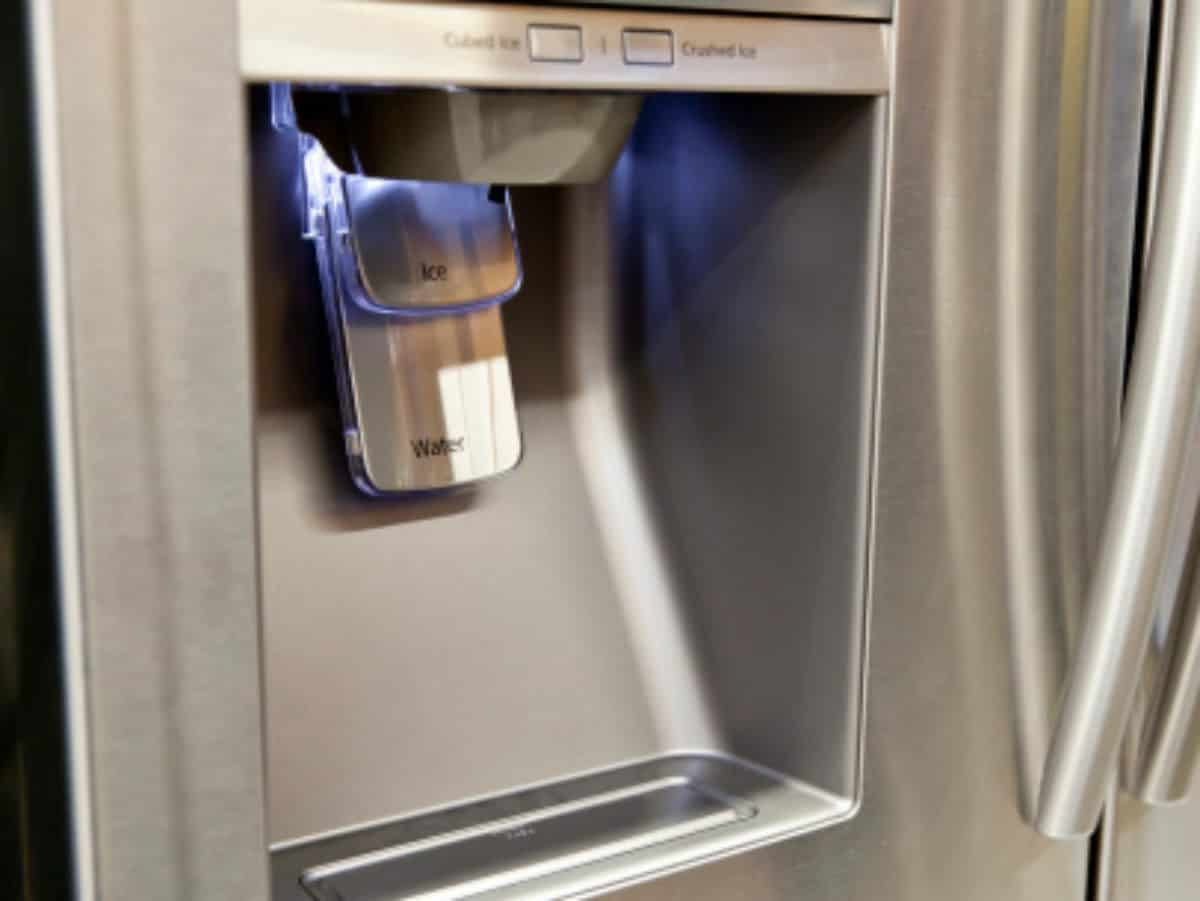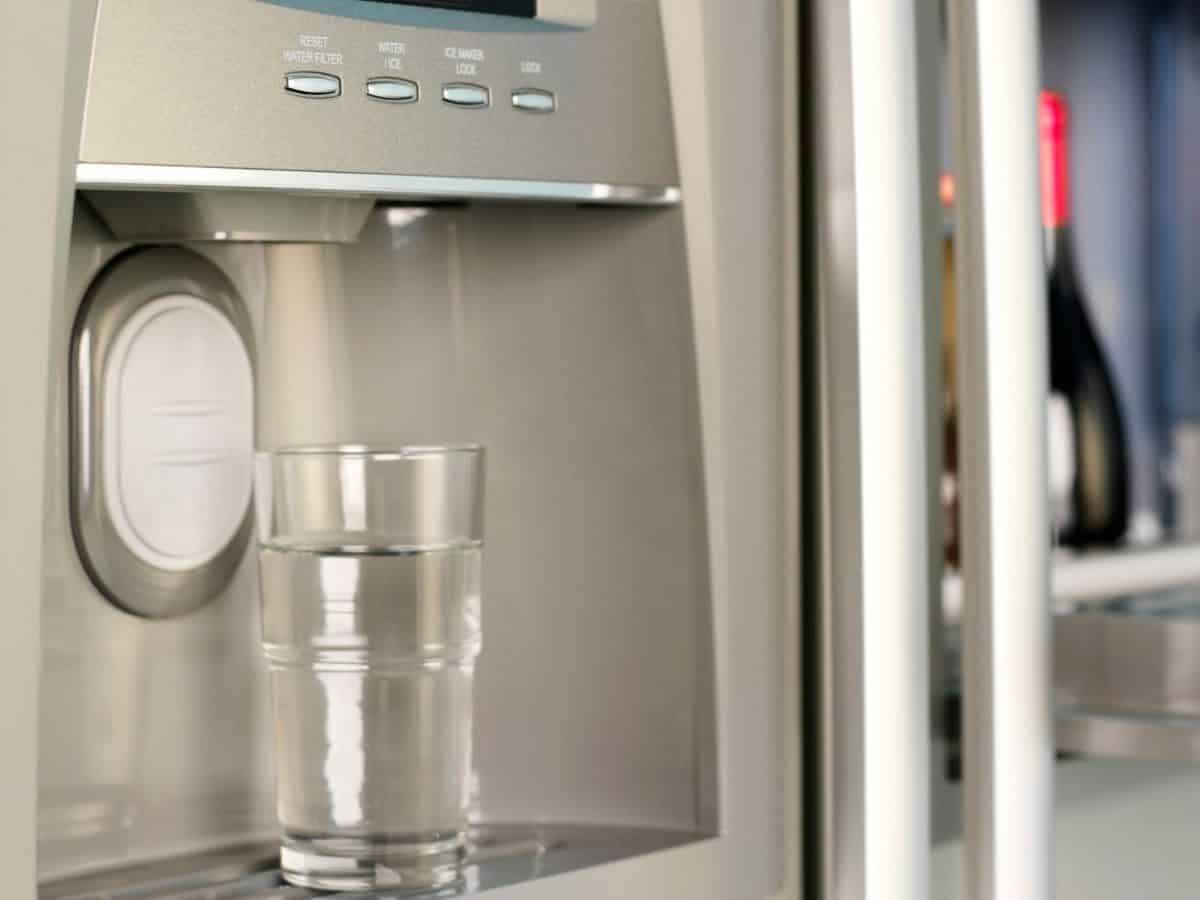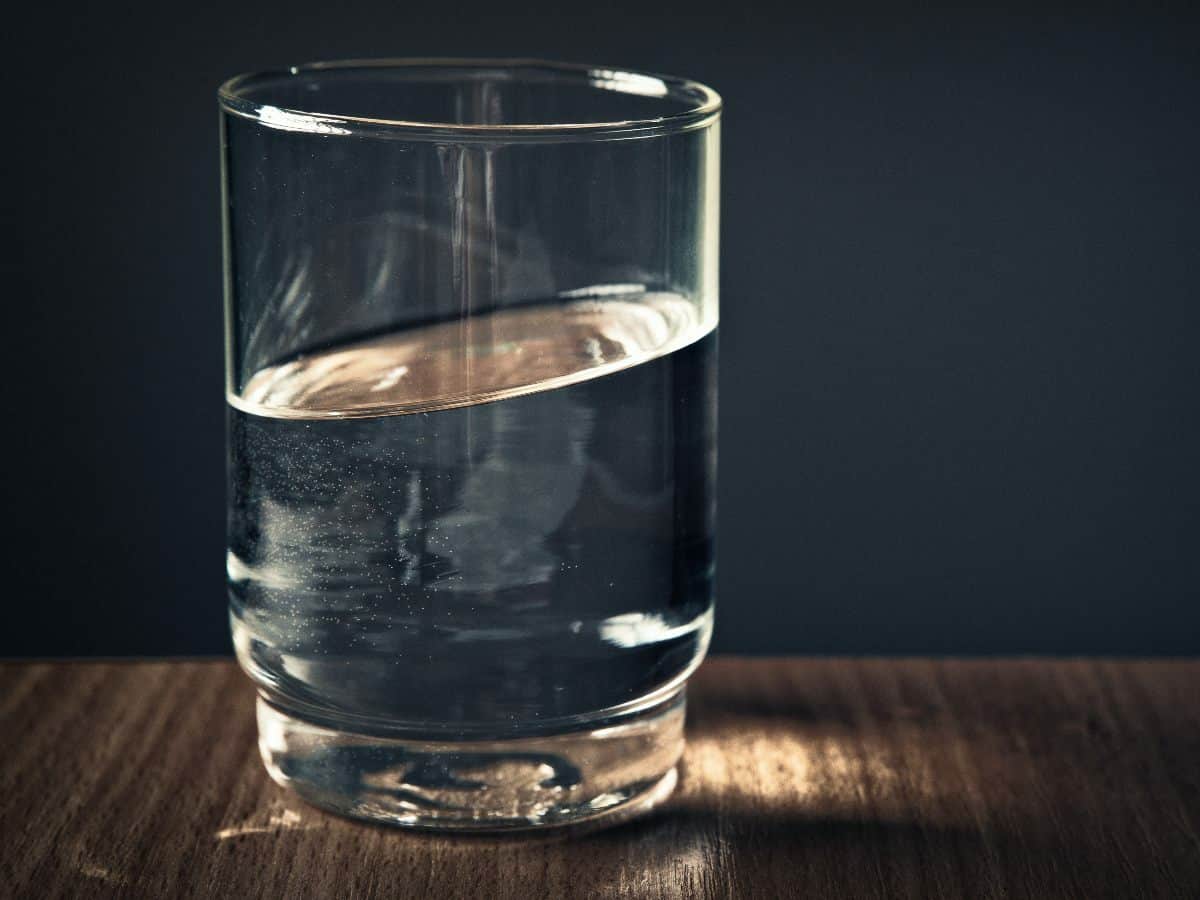When it comes to the health and safety of our home, thinking about having unsafe water isn’t at the forefront of our minds. Between the security cameras, locking doors and checking for carbon monoxide, water purification can get lost in the shuffle. While you may have a refrigerator with a water dispenser, have you ever thought: is fridge water filtered in this house? If you don’t know the answer off the top of your head, your water might not be filtered, or maybe it’s time to replace your filter.
Is Fridge Water Filtered?
Most are filtered! You can find out whether or not yours is filtered by checking your refrigerator for an indicator light, or by reading the manual that came with the fridge. Most of the time, there will be an icon to indicate that there is a filter by the water faucet itself.
What Type of Filter Is Used?
Typically, refrigerators utilize an activated carbon filter.
What is an activated carbon filter?
Activated carbon filters are fine grains of carbon, using varying sizes of surface area for the water to go through. The grains will develop flow channels so water bypasses this filter. This filter can remove the taste and odor of chemicals like chlorine and fluoride, and some of the filters will remove lead. Activated carbon filters are very popular for home uses, commonly found in the refrigerators, or large filtered pitchers, and filtered bottles.

How Do I Know If My Filter is Working?
Most refrigerators will come with an indicator light. With some indicator lights, there are three colors that show up.
- Green/No light at all: Awesome! Green, or no light, is the best quality. It means your filter is working well and is safe to use.
- Orange: This means that your filter will need to be replaced soon. When you see this light, make sure that you have a backup filter in your home, or go ahead and order one in.
- Red: This means that your filter is no longer working. While the water may still release from the dispenser, it will have not gone through proper filtration. In some cases, the water is dirtier than the tap water.
Not sure if you have one? Here’s a few places that indicator lights can show up.
- On the front of the refrigerator by the water dispenser.
- Inside the refrigerator on the top panel.
Can’t find it in those locations? Check out your refrigerator’s user guide to find the location. If there isn’t any information, then your fridge water is not filtered.
Understanding the Life Cycle of a Filter
Unfortunately, water filters don’t last forever. In fact, most last about six months. However, the six months is subject to being shorter if you frequently use your filter or if the refrigerator is in poor condition.
Once you have found your indicator light and it’s orange or red, it’s time to replace it! This is not something that you should delay, there should not be a period where you are drinking unfiltered water. In fact, sometimes your water can be dirtier if your filter is outdated, because the water that is passing through could be dislodging some of the particles and contaminants that the filter previously removed. Therefore, your water from your water dispenser is dirtier than your tap water from your sink. Whenever the light goes red- immediately change your filter.
How to Properly Store Your Backup Filters
One of the best ways to ensure that you don’t have a period of time without a water filter is to have a supply in your home of back-ups. If stored correctly, a filter will stay good for a few years. The best way to store the filters is to keep them in a cool, dry place like your pantry.

Other Information to Consider
Something that is important to remember, even though your filter could be clean and up to date- the water coming from your faucet might be dirty. It’s in good practice to filter your faucet’s water to ensure you’re getting clean water. That way with, or without a refrigerator, you and your family will have access to filtered drinking water.
There are many health benefits to drinking filtered water, such as increased energy and improved nutrient absorption rate. Tap water can be filled with toxins that can contribute to illnesses. In some cases, contact can lead to nervous system damage. To learn more about toxins in your tap water, check out our article here.




